Prologue: The Man in the Doorway
It was a chilly evening in 1982 when 25-year-old Lori Lister opened her apartment door in Arlington, Texas, and found a stranger standing there—calm, still, his eyes void of expression. He didn’t speak. He didn’t knock. He just stood there like he’d been waiting for her.
His name was Coral Eugene Watts.
She would be one of the lucky ones—she survived.
Others, nearly 80 women, were not so fortunate.
Watts is one of the most prolific serial killers in U.S. history. Yet, for decades, his name remained unknown to the public. His victims, overwhelmingly women—many of them Black—were dismissed, mislabeled, or forgotten.
This is his story—and theirs.
The Early Years: A Masked Monster in the Making
Born in 1953 in Killeen, Texas, Coral Watts was raised in Michigan. By adolescence, he showed signs of violent psychopathy—strangling animals, fantasizing about choking women, and frequently withdrawing into delusions.
Diagnosed with schizoid personality disorder as a teen, he was involuntarily committed after a series of disturbing outbursts. Despite early psychiatric warnings, he was released with no long-term monitoring.
His violent crimes began shortly after.
Age 20: Arrested for assaulting a woman with a knife.
Age 21: Linked to multiple home invasions, but charges were dropped or downgraded.
Police often viewed him as a petty criminal. They did not yet realize they were watching a killer evolve.
The Murders: A Nationwide Nightmare
Between 1974 and 1982, Watts is suspected of killing at least 80 women, mostly by strangulation, drowning, or stabbing. His methods varied, but his victim profile remained consistent: women, often between the ages of 14 and 35, alone, often in vulnerable areas.
“He didn’t rape them. He didn’t rob them. He killed for the thrill,”
— Detective Dave Hilton, Houston Police Department
His victims spanned states:
Texas: Houston, Dallas, Arlington
Michigan: Detroit, Ann Arbor
Canada: Alleged unconfirmed cases
One of the most chilling aspects of Watts’s behavior was his spontaneity. He stalked strangers for mere seconds before striking. In some cases, he would drown victims in bathtubs or punch them into unconsciousness before stabbing them multiple times.
His brutality was not driven by passion or profit—but by a need to eliminate what he called “evil in women.”
The Texas Deal: A Killer Walks Free
In 1982, after a failed attack on two women in Arlington (Lori Lister and Melinda Aguilar), Watts was finally arrested. But instead of pursuing capital murder, prosecutors made a plea deal.
Watts confessed to 13 murders. In exchange, he was given immunity for those murders in return for testimony—and sentenced to 60 years for burglary and assault, not murder.
Because of Texas’s lenient laws at the time, Watts became eligible for mandatory early release after serving just 20 years.
By 2002, he was on the verge of freedom.
Public outrage followed. Victims’ families and investigators raced to find any case that had not been part of the immunity deal—something they could use to put him back behind bars for good.
Justice Delayed: A Michigan Lifeline
A cold case unit in Michigan connected Watts to the 1979 murder of Helen Dutcher, a 36-year-old woman stabbed 12 times in an alley.
In 2004, Watts stood trial for the first time for murder—22 years after his arrest.
He was convicted and sentenced to life without parole.
In 2007, while awaiting another trial for a second Michigan murder (Gloria Steele), Watts died of prostate cancer at age 53.
The Victims: Erased by Silence
Despite his staggering body count, Coral Watts was never a household name. His crimes, unlike those of Bundy or Dahmer, were barely covered in national media.
Why?
Many of his victims were Black or Latina women.
Many were sex workers or poor women of color—those society often deems disposable.
There were no headlines, no documentaries, no “America’s Most Wanted” specials.
“If he’d targeted white college girls in dorms, this would’ve been a national emergency,”
— Veronica Thomas, journalist and Black victims’ advocate
Some of the women he likely murdered remain unidentified to this day. Some were buried without names, others without obituaries.
Legacy: The Hidden Serial Killer
Coral Watts forced America to confront an ugly truth: that the lives of some victims matter more than others in the public eye.
Despite his body count, his name is not taught in criminology classes. His victims’ names are rarely spoken. And the systemic failures that allowed him to roam free for years—poor prosecution, inadequate follow-up, racial and class bias—are still present today.
Known Victims (Partial List):
Gloria Steele, stabbed 33 times (1974)
Helen Dutcher, stabbed to death (1979)
Emily LaQua, drowned in a bathtub (1981)
Lenora Jones, body never found, confessed to killing her
Joan Gave, beaten and drowned (1982)
Survivors Speak
Melinda Aguilar, who escaped Watts in 1982:
“He thought I was dead. But I wasn’t. I played dead while he dragged my friend to the bathroom. She lived. So did I. But I never forgot his eyes.”
Postscript: A Call for Recognition
Today, the names of Coral Watts's victims are etched in documents, case files, and dusty police archives—but rarely in headlines or history books.
They deserve better.
We must say their names.
We must remember their lives.
We must refuse to let them vanish in silence.

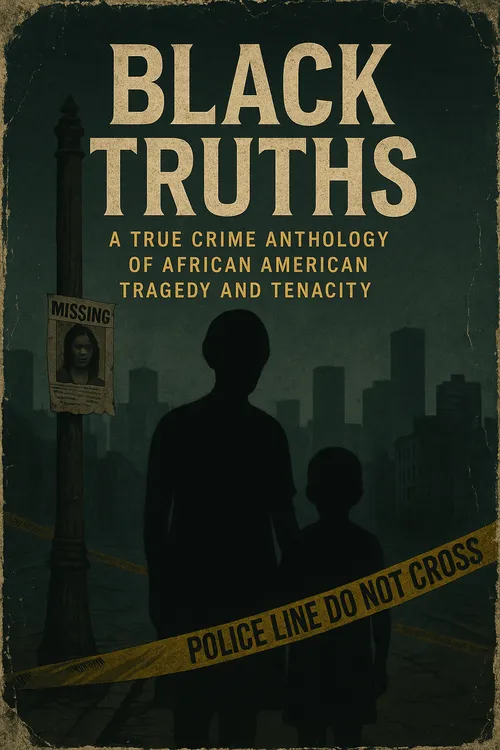








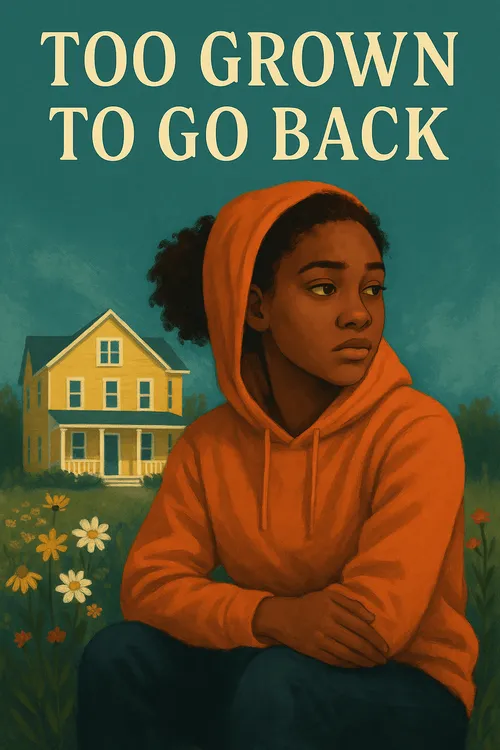












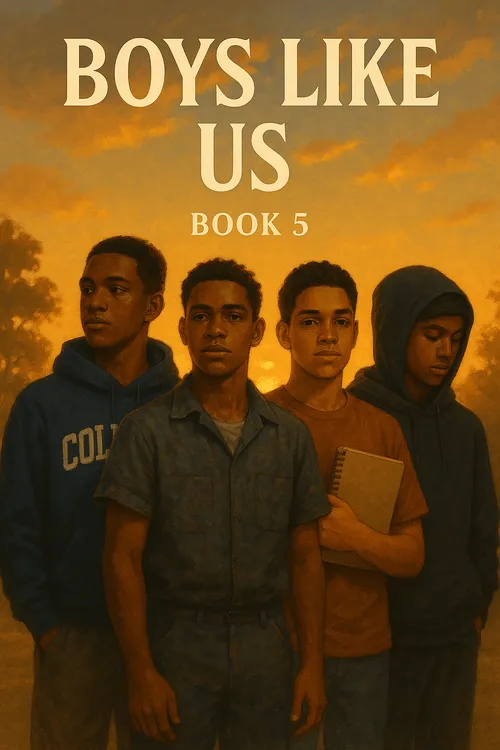

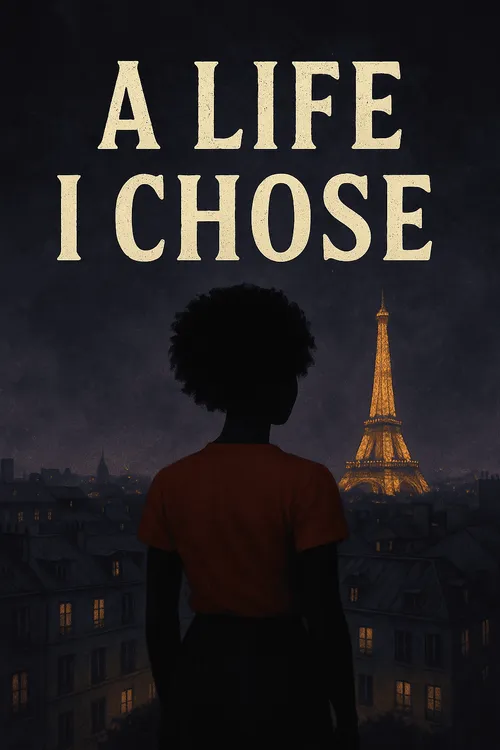
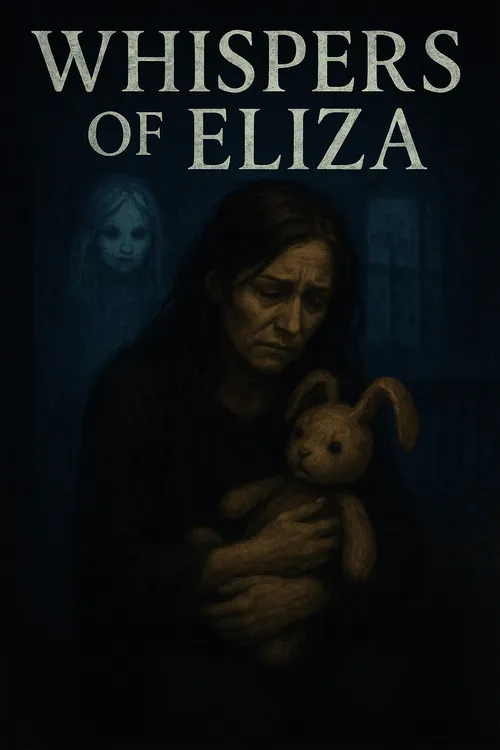

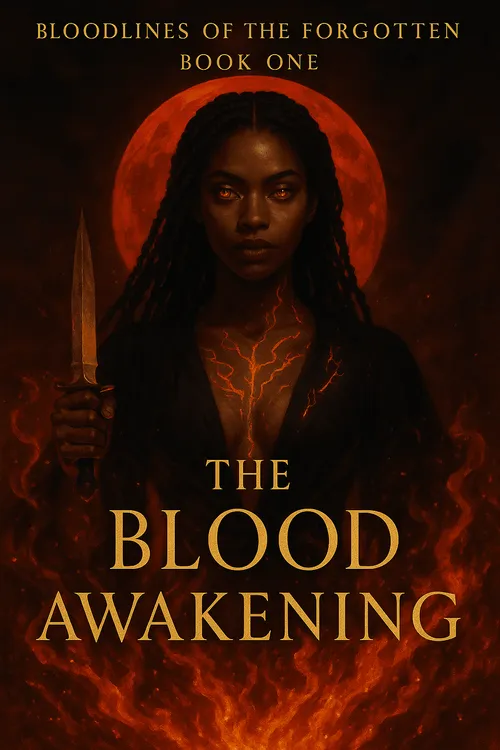
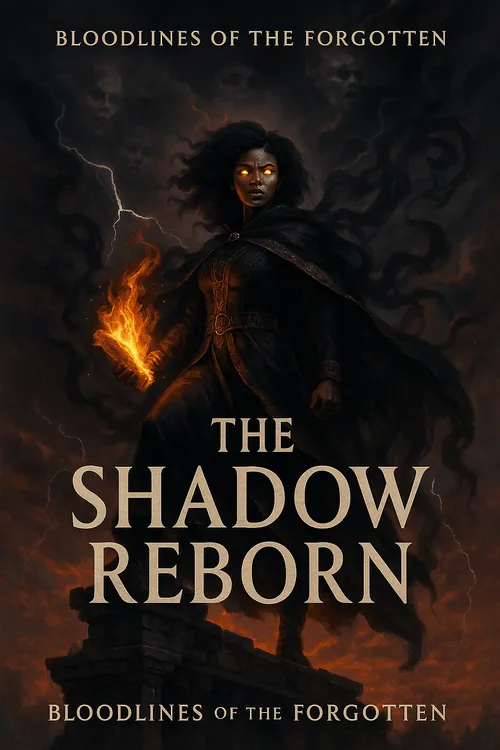
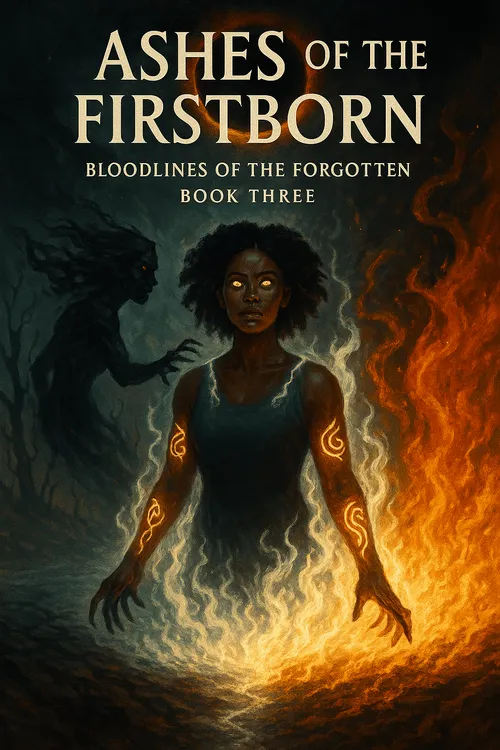

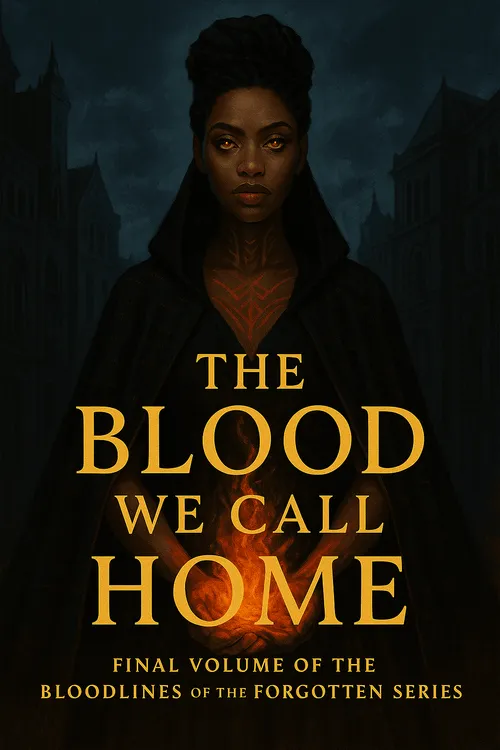





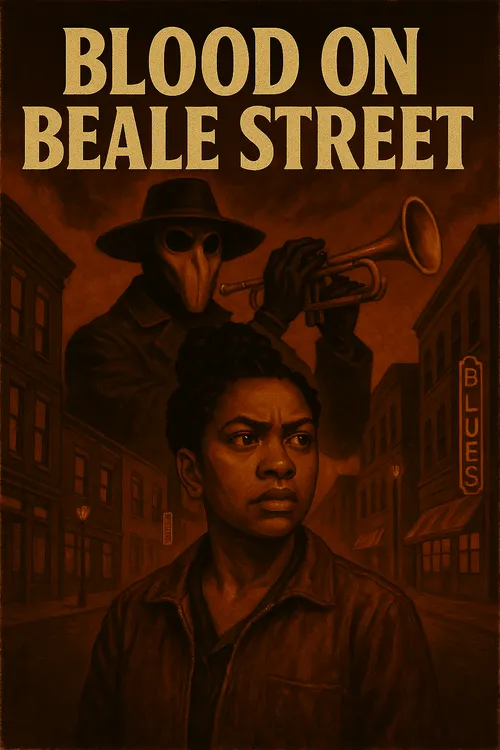
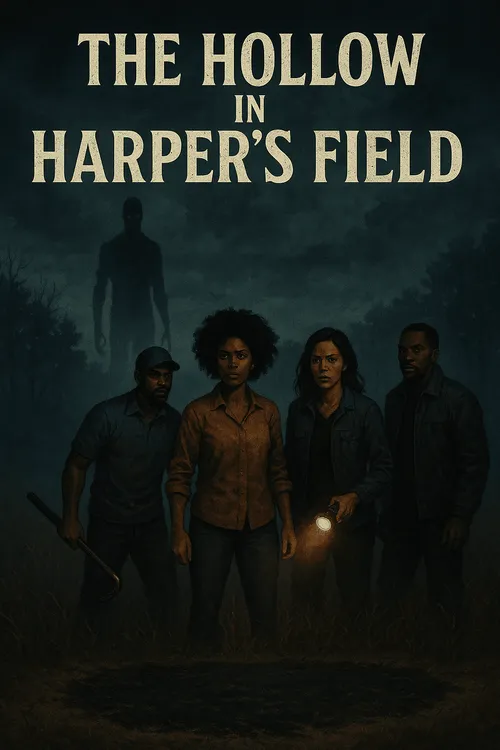




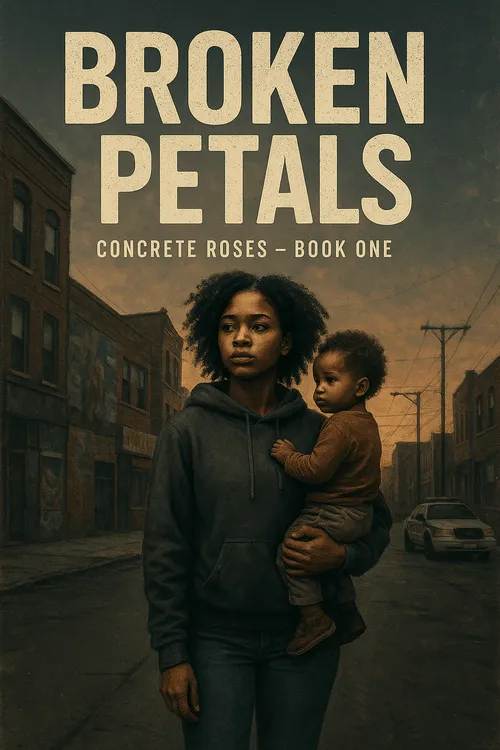

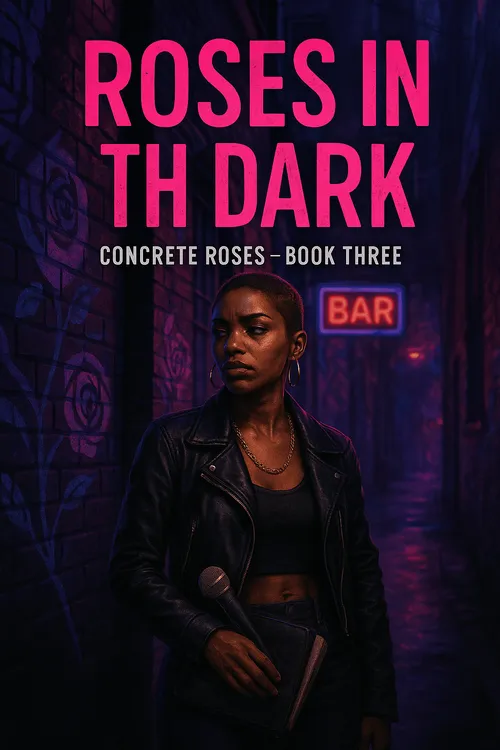
This story has not been rated yet. Login to review this story.